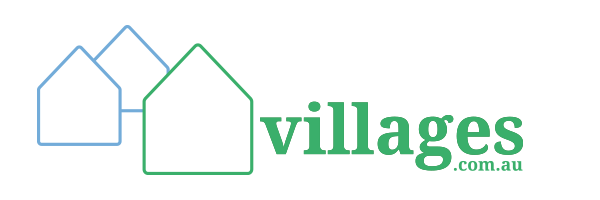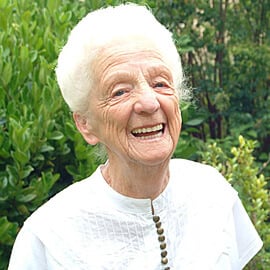Accompanying their latest Quarterly release of the StewartBrown Aged Care Financial Performance Survey covering 800 aged care facilities, is a paper by StewartBrown Director Patrick Reid arguing that operators should be increasing Refundable Accommodation Deposit (RAD) fees.
“With an average national house price of $660,000 it is plain to see that providers need to be more strategic and a little more courageous in setting their RAD and combination pricing higher before exploring more exotic fees and charges such as Asset Replacement Charges.”
He tells us that the gap has grown to about $32 between the actual daily cost of operating an aged care bed and the controlled Daily Care Fee received. Over one year this is more than $11,000 per bed – which can’t be sustained.
What Reid is saying is that while operators are being stretched financially their clients are enjoying annual wealth growth in the value of the family home.
Their Performance Survey reveals that to June 2016 the average RAD was $298,627, an increase of 6% or $16,392. At the same time the national median house price was $660,000.
Domain Group yesterday released December Quarter house price increases for Sydney of 4.9% and 10.7% for the year, while nationally the growth was 7%.
Reid says: “RAD pricing seriously lags against the growth of real estate and is something all providers need to consider more carefully in their pricing strategies. Of course there are exceptions at both ends of the market, with the lowest RAD in Australia being $34,000 and the highest $2.7 million, but generally there is scope for a more progressive RAD price growth.”
StewartBrown research shows that 62% of operators did not change their RAD pricing in 2015/16.
At the same time only 4,142 beds had RADs priced above $550,000. Based on the average stay of two years and 190,000 beds across the country, this equates to just 5% of beds charging even close to the median house price.
“In real terms it could be said that aged care accommodation is too cheap, leading to pressure on other parts of the business where costs outstrip income, which should push management and boards towards a re-pricing of their accommodation to match market conditions,” says Reid.
“Stability in the overall occupancy of RACF should provide comfort to the sector that there is scope to at least test the market around uplifting accommodation prices, in fact those with a higher RAD price often have higher occupancies that their competitors” said Reid.
“StewartBrown has built a range of tools that can assist providers with identifying not only their competitor positioning but also comparators to the real estate market wherever their service is, providing strong analysis for their pricing strategies.”






